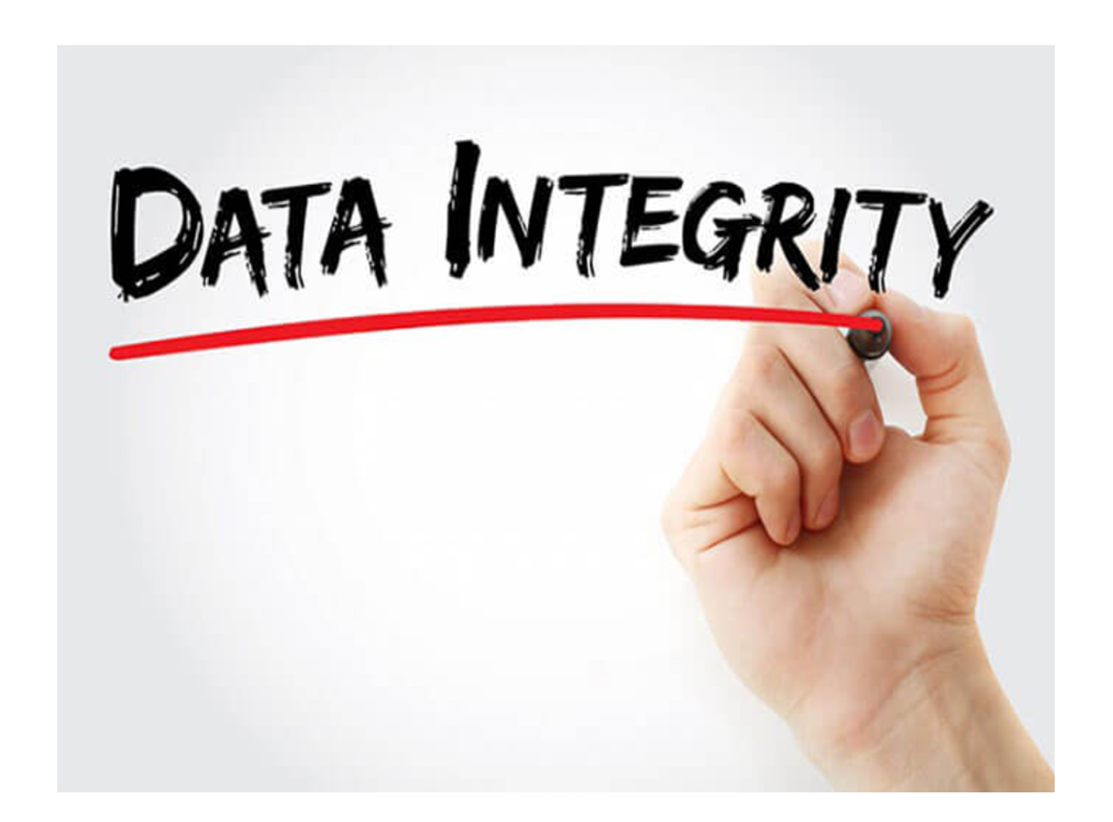What Is Data Integrity? Sop For Data Integrity

1.0 PURPOSE:
This procedure ensures that all manual and electronic data generated during the GMP processes and implemented through the quality management system is complete, consistent, and accurate throughout the product lifecycle and in compliance with applicable regulations. This procedure emphasizes that everyone in the company is responsible for data integrity.
2.0 SCOPE:
The procedure includes reporting and investigation of breaches of data integrity and training and education of employees for ongoing compliance with the requirements of data integrity. This procedure applies to all manufacturing sites and Research and development centers of the Organization.
3.0 RESPONSIBILITY:
All Employees with GMP Responsibilities: Responsible for understanding and adhering to all the regulations and policies applicable to their role; signed acknowledgment of the policy as a condition of continued employment.
4.0 PROCEDURE:
4.1 Data Integrity: Generating, transforming, maintaining, and assuring the accuracy, completeness, and consistency of data over its entire life cycle in compliance with the applicable regulations.
4.2 Breach of Data Integrity: Acts of falsification, document adulteration, forgery and providing misleading information, intentional misrepresentation of data to hide known or potential problems.
4.3 Data: Information derived or obtained from Raw data (e.g., a reported analytical result). The data must meet the ALCOA requirements.
4.4 ALCOA: A commonly used acronym for 'attributable, legible, contemporaneous, original and accurate'.
4.5 ALCOA-plus: A commonly used acronym for 'attributable, legible, legible contemporaneous, original, and accurate which puts additional emphasis on attributes of being complete, consistent, enduring, and available-implicit basic of ALCOA principles.
4.6 Data Governance: The procedures to guarantee that data are recorded, processed, stored, and used to maintain the record throughout the data life cycle, regardless of the format in which they are generated. Throughout its existence, data must be available, consistent, full, and durable. This is ensured by data governance procedures.
4.7 Data Life cycle: Every stage of the data life cycle, starting from creation and recording and ending with processing (such as migration, analysis, or transformation), use, data retention, archive/retrieval, and destruction.
4.8 The "Data Integrity Policy," which has been approved by the company's director, formally outlines the company's approach to data integrity, general goal, and direction with regard to data integrity problems.Data governance, which includes policies and procedures (QAPS) that address the broad principles for acceptable data and its ownership throughout the data lifecycle, is the means by which the data integrity policy is brought into compliance. Good Documentation Practices and an adequate Quality Risk Management System are used to assure data governance. Data integrity principles must be followed in the processes' and systems' operation, design, and monitoring.
4.9 The Computerized System Validation Plan at each Site shall include clear instructions and better control over implementation in line with 21 CFR Part 11, EU Annex 11, WHO TRS 937, Annex 4, Appendix 5, and GAMP requirements. Data Integrity shall be maintained in all manual or system generated electronic data.
4.10 The QAP "Self-Inspection, CAPAs shall be identified and implemented timely to ensure robust data integrity controls by the QAP, Handling of Corrective and Preventive Action" states that the Self Inspection will be conducted with a system-based approach, concentrating on the identification of potential issues related to data integrity.
4.11 Data Integrity Training for Raising Awareness: All employees in the fields of Quality Assurance, Quality Control, Production, Stores, Engineering, Information Technology, Human Resources, Regulatory Affairs, and R&D must receive training in order to guarantee adherence to the Data Integrity Policy and practices.
4.12 Reporting Based on the Review of Data: In addition, the concerned reviewers/supervisors shall concurrently report to the Head of QA and the Unit Head any disparities found during the review of Quality Systems and/or Testing Records that are suggestive of a possible or confirmed breach of data integrity.
4.13 The Head of QA will analyze the submitted observations, and a deviation will be started in accordance with the "Handling of Deviations" procedure to look into the stated issue.
4.14 Should data integrity problems be found that could potentially affect the product that is released/distributed, product licenses, or product dossiers, the Head of QA will discuss the results with the Qualified Person (QP).
4.15 Examining Data Integrity Breach: The investigation committee will launch a formal investigation to determine the contributing behaviors of the concerned employees and other employees who have an impact on the concerned employees that may result in a data integrity breach. The investigation will be carried out as discreetly and privately as feasible.
4.16 When erroneous data reporting happens, the designated supervisors will be found using organizational charts and SOPs. We will ascertain the level of awareness and participation in data mismanagement among high and intermediate management.
5.0 ABBREVIATIONS:
5.1 GMP: Good Manufacturing Practices
5.2 CFR: Code of Federal Regulations
5.3 WHO: World Health Organization
5.4 TRS: Technical Report Series
5.5 GAMP: Good Automated Manufacturing Practice
5.6 CAPA: Corrective and Preventive Action
Get ready to use editable documents in MS Word Format (Regulatory standard SOPs with Formats,Templates and Annexure) Only Rs-49₹/-
Contact:
Email: contact@likeways.co.in
WhatsApp/Telegram No: 9738137533 (Only for Message)
Note: Kindly note that you will receive the document through email only after the payment has been completed. Please send the screenshot of your payment confirmation via WhatsApp/Telegram. A payment QR code will be provided from our end.
